If you’ve been waiting for a sign to head west, this might be it.
After months of dry paddocks, dwindling rivers and cracking floodplains, a massive surge of water is heading south, and it’s about to breathe new life into one of NSW’s most iconic inland lake systems. According to Water NSW, up to 1 trillion litres of water (that’s 1,000 gigalitres, or twice the size of Sydney Harbour) could be on its way from Queensland to the Menindee Lakes, thanks to widespread flooding across the northern interior.
For outback travellers, that’s big news. Not just for the stunning visuals of full lakes at sunset, but for the promise of an adventure that taps into that old-school, boots-on-dirt sort of touring.
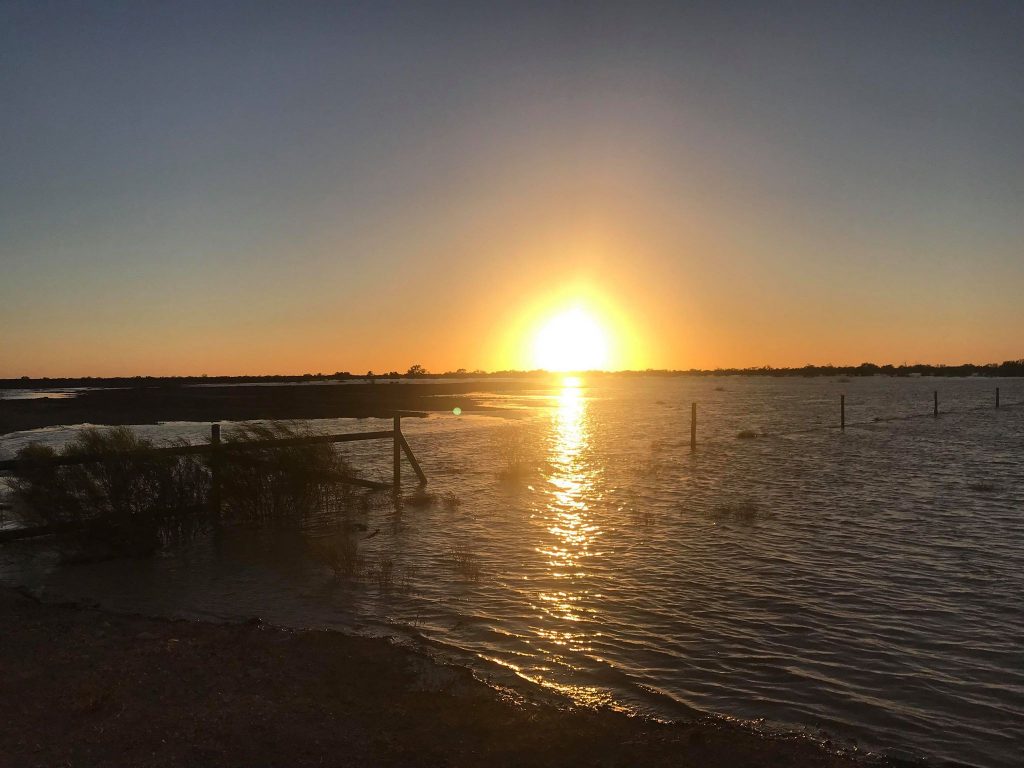
What’s Actually Happening?
Right now, the Menindee Lakes system is sitting at just over 32% capacity. About 570GL. That’s low, but it’s been worse. The forecasted inflows have the potential to lift that to around 90% full. For locals, graziers, birdwatchers, and yes, keen 4X4ers, that changes everything.
Lakes like Menindee aren’t just scenic stopovers. They’re ecological linchpins. Full lakes bring back birdlife in droves, create breeding booms for native fish like Murray Cod, and spark a chain reaction of life across the floodplain. Pelicans, spoonbills, and even rare migratory species start to appear. And for those planning a trip, that’s nature tourism gold.
But more than that, it’s a rare opportunity to see the outback in motion. Alive, flowing, and unpredictable.
What Does This Mean for 4X4 Touring?
In short? It’s going to get bloody interesting.
Roads that have been dry for months may soon become bog traps. River crossings could go from bone-dry to impassable in a matter of weeks. And remote stations and towns. Like Wilcannia, Tilpa, and Wanaaring, might become temporary islands as the Darling and Paroo Rivers spill across the landscape.
If you’re into remote touring, now’s the time to start watching the gauges and planning routes with flexibility in mind. This is shaping up to be one of the more spectacular inland flood events since 2010.
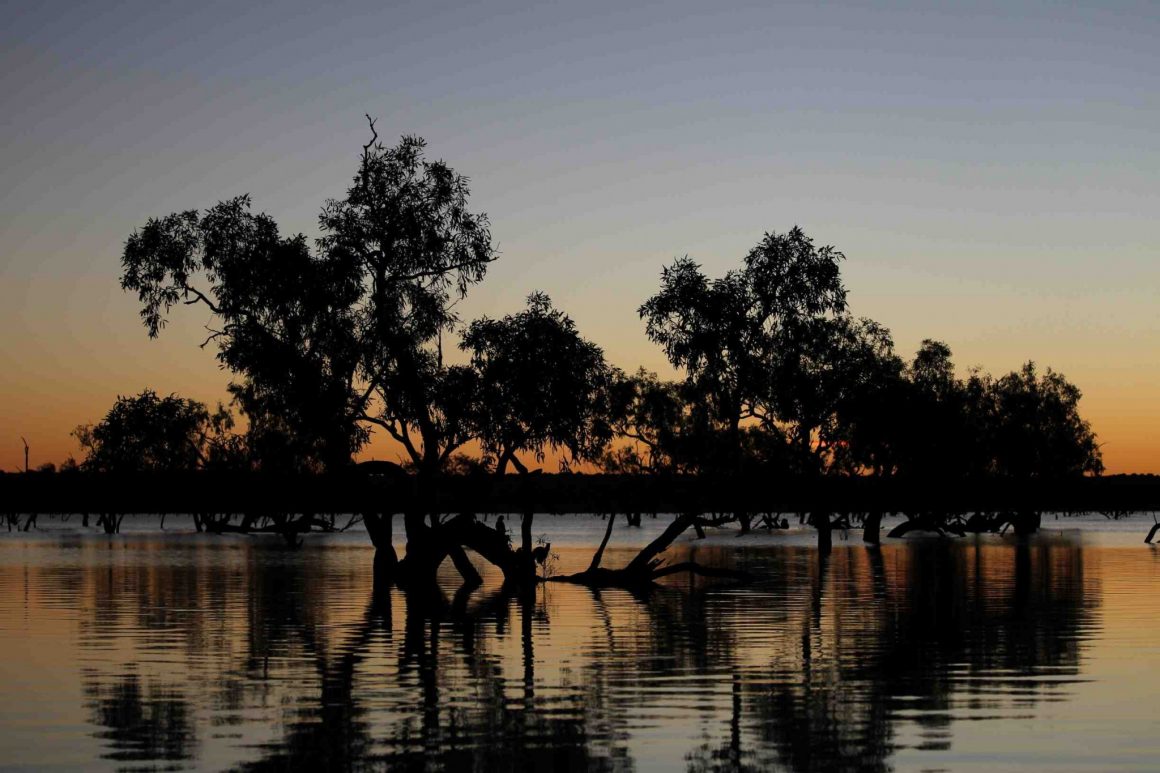
A Chance to See It All Happen
There’s something wild about watching floodwater work its way across the inland. Unlike coastal floods that tear through in hours, these inland flows can take weeks or even months to arrive. They creep down rivers, fill billabongs, spill over floodplains, and leave a transformed landscape in their wake.
Travellers chasing that experience, cameras packed, fridges loaded, might want to aim for the Darling River Run later in the season. By then, flows will likely have hit Menindee, transforming the lakes from a dustbowl into a shimmering inland sea.
Camping along the riverbanks becomes a different experience altogether when the river’s alive. And if the lakes do hit 90%, it’s going to be one hell of a sunset.
Know Before You Go
Of course, with all the excitement comes a solid dose of caution. A lot of country out that way is still drying out from previous storms, and some of it is already underwater.
- Roads around Wanaaring have been hit with the largest recorded floods in the town’s history.
- Levels at Wilcannia have been below one metre for months, but that’s expected to change quickly.
- Data black spots are still a massive issue. Some sections of the Darling and Paroo rivers simply don’t have working gauges. So that “back road detour” might be more of a mud trap than a shortcut.
Local farmers are calling for more monitoring, and the state government says it’s reactivating some older gauges, including at Porters Crossing on the Paroo. But don’t expect it all to be tracked in real time. In many cases, local knowledge is still more accurate than government data.
Final Word
This isn’t just water heading south, it’s a rare moment to see the inland in flux. Lakes filling. Rivers connecting. Life returning to the back country in a way we haven’t seen in years.
So if you’ve been tossing up whether to head west this winter, keep an eye on the rivers and start planning. Menindee Lakes at full tilt is something every 4X4er should see once. Just make sure your recovery gear’s packed, your route’s flexible, and you’re ready to chase the water where it flows — even if that means a detour or two.
Because out here, uncertainty isn’t a downside — it’s the whole point.




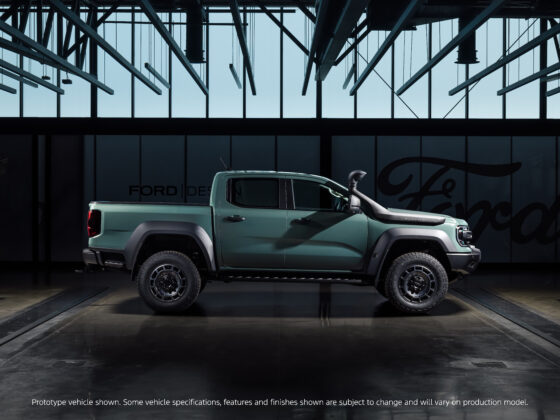
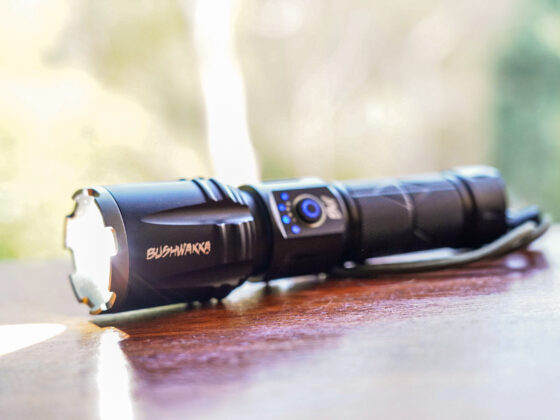
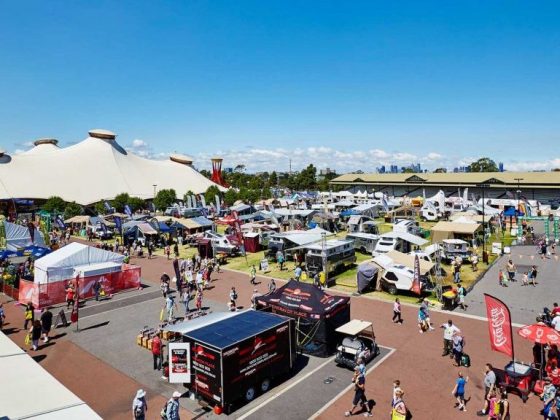
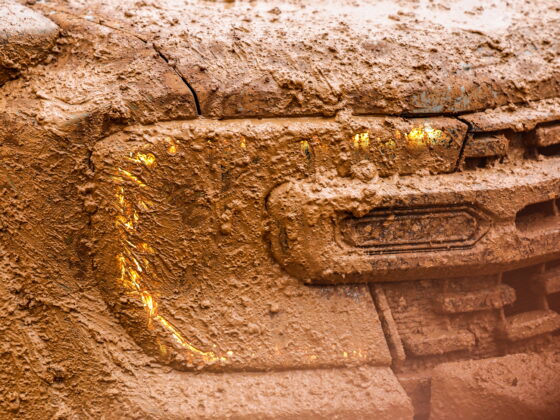
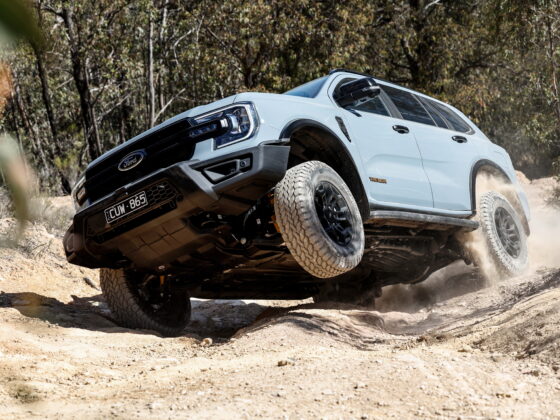
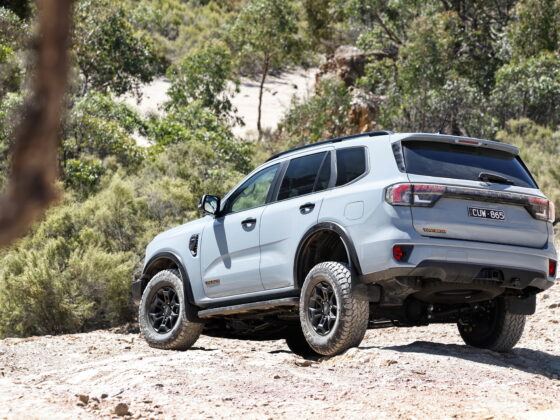
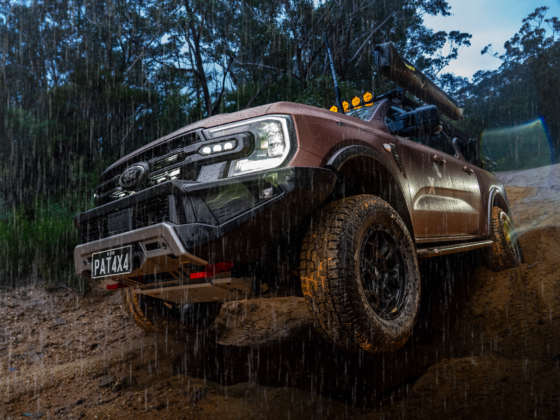
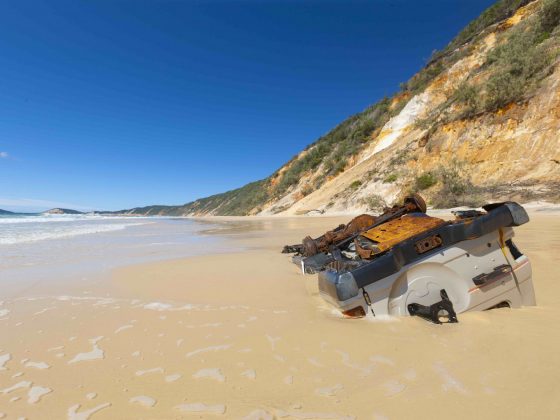

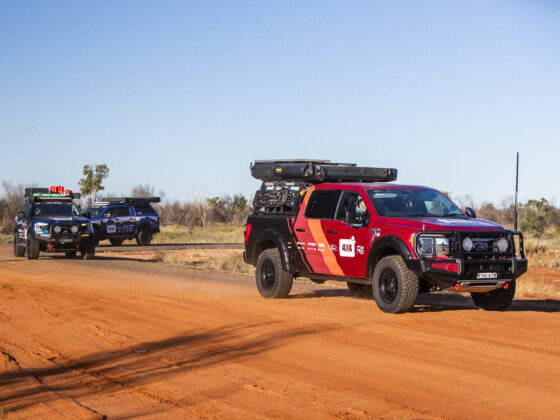
1 comment
I do not like the rather loose English expressions in the text. For example, there is no need to express the inundation of a floodplain as a “river spilling it’s guts”. Crude and unnecessary language!!